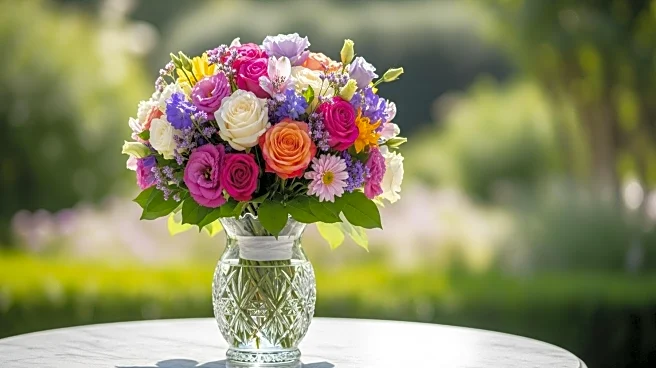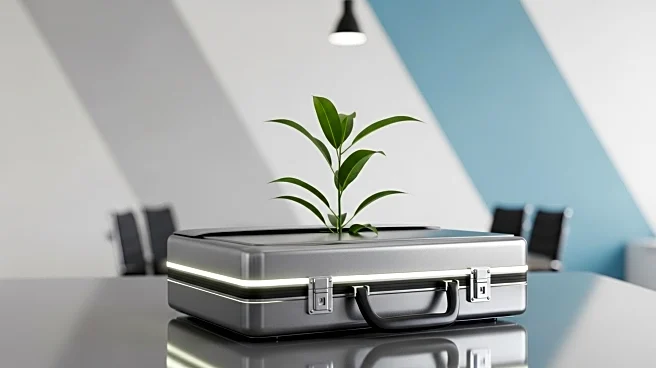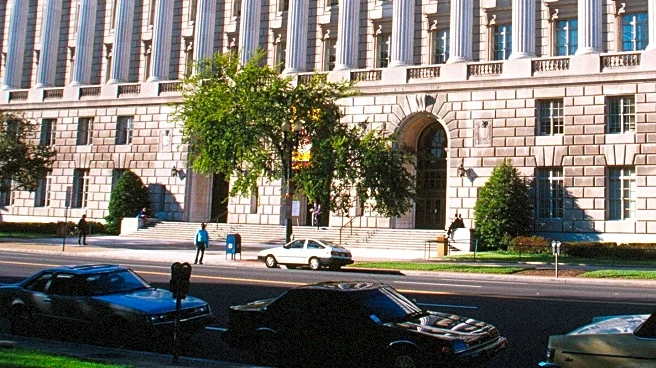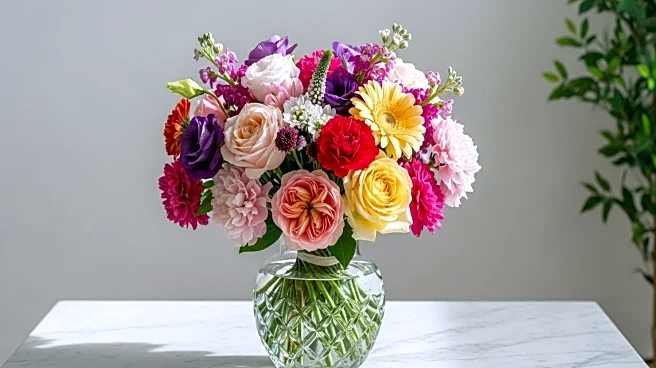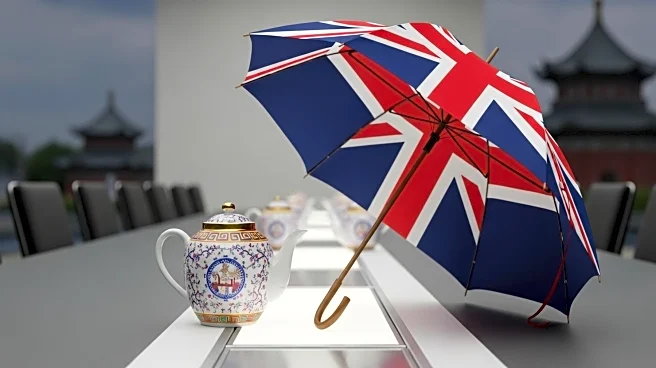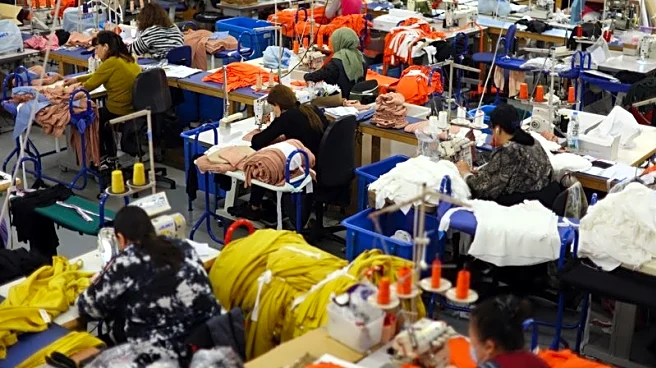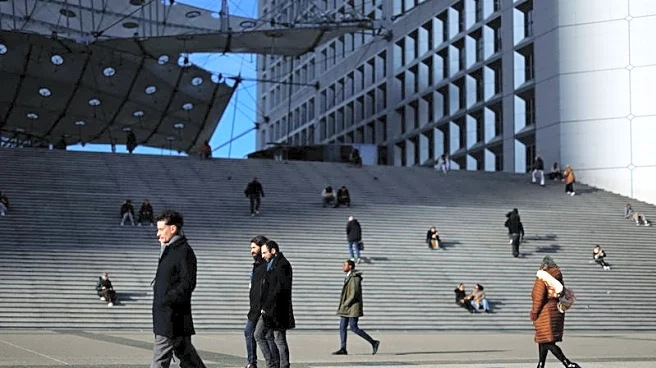What is the story about?
What's Happening?
Florists in Cambridgeshire have reported significant increases in the prices of popular flowers, affecting sales and consumer behavior. Andrea Moat, owner of Elizabeth's Florist, noted that staple varieties like chrysanthemums have seen prices rise up to five times post-Covid and post-Brexit. The British Florist Association attributes these price hikes to factors such as wage and National Insurance increases, energy costs, and Brexit-related paperwork. Leah Francombe, another florist, observed changes in wedding flower usage, with couples repurposing arrangements to maximize their use. Button-hole flowers, once for the entire wedding party, are now limited to the groom and immediate family. The association stated that flower prices are in line with other inflation products, reflecting broader economic pressures.
Why It's Important?
The rising cost of flowers is indicative of broader inflationary pressures affecting various sectors in the UK, including floristry. This trend impacts consumer spending habits, with individuals opting for fewer or repurposed floral arrangements at events like weddings. The floristry industry faces challenges in competing with supermarkets, which offer lower-priced blooms, albeit of different quality. The situation highlights the economic strain on traditional florists, who must navigate increased production costs and reduced availability of flowers due to factors like energy price hikes in Europe. This could lead to a decline in the number of independent florists, affecting local economies and cultural practices surrounding events and tributes.
What's Next?
Florists may need to adapt by exploring alternative sourcing strategies or diversifying their offerings to remain competitive. The industry might see a shift towards more sustainable practices or innovative floral designs that require fewer resources. Stakeholders, including the British Florist Association, may advocate for policy changes to alleviate the economic pressures on florists, such as reducing paperwork or supporting energy cost management. Consumers might continue to adjust their purchasing habits, prioritizing cost-effective solutions or alternative decorations for events.
Beyond the Headlines
The floristry industry's challenges reflect broader economic and cultural shifts, including the impact of Brexit and global energy crises. These factors contribute to changing consumer priorities, where traditional practices like elaborate floral displays are reconsidered. The situation underscores the interconnectedness of global supply chains and local businesses, highlighting the need for resilience and adaptability in the face of economic disruptions. It also raises questions about the sustainability of current practices and the potential for innovation in floristry.
AI Generated Content
Do you find this article useful?
